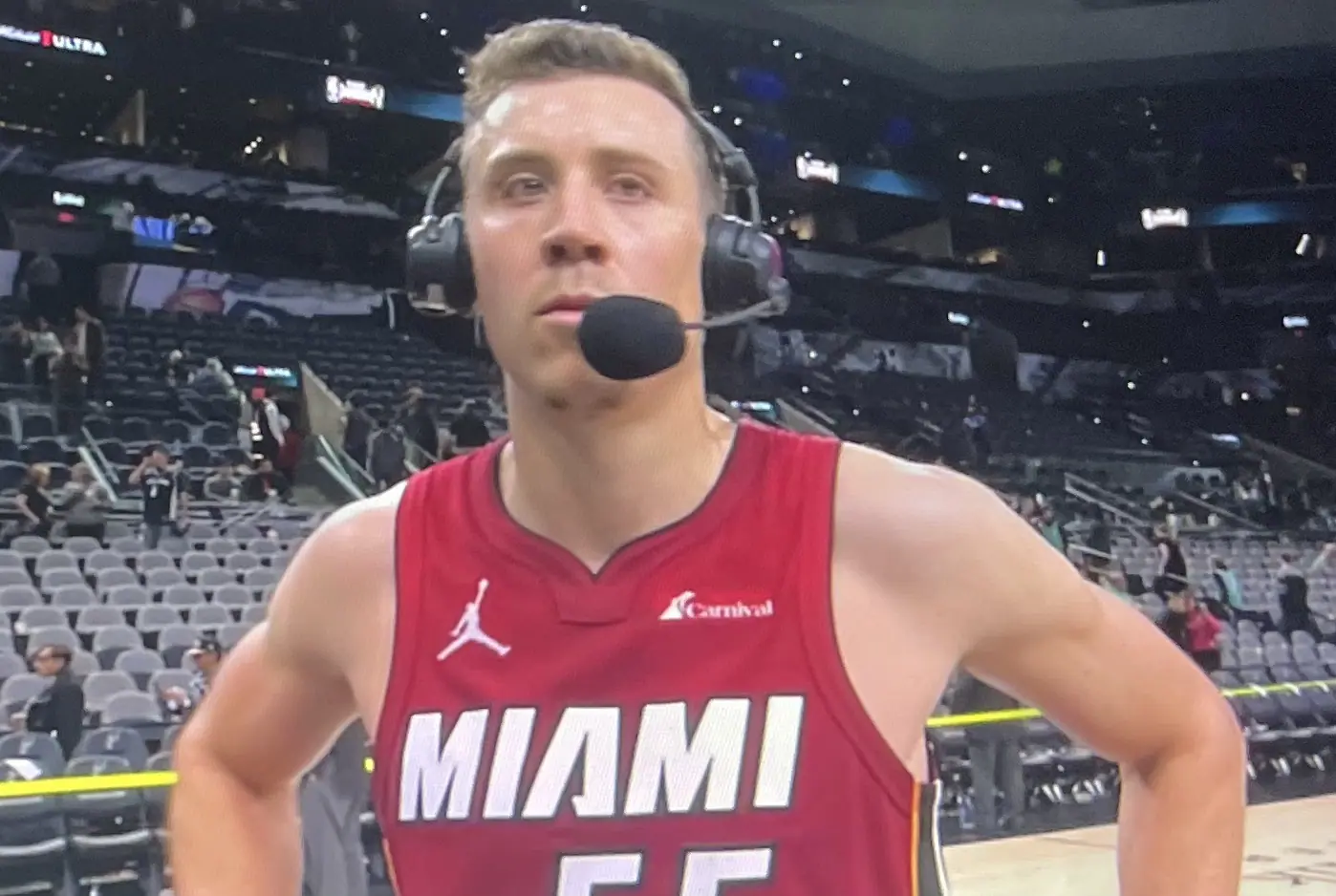Hamzah Sheeraz destroys Edgar Berlanga in the main event at Louis Armstrong Stadium and more
The Ring III lived up to the hype as fireworks detonated with Hamzah Sheeraz (22-0-1) stopping Edgar Berlanga (23-2) in round five of the main event.“Whoever was in the ring with me today, there was no stopping me, ” he said. The victory now makes Sheeraz the mandatory opponent for the WBO super middleweight championship.
Berlanga had taunted him online with juvenile slights and had tried selling the pay-per-view card at the pre-fight presser by throwing money at Oscar De La Hoya, with whom he is also beefing.
Both fighters cautiously tested the other in the middle for two rounds before letting their hands go, throwing safety to the side in the third. A red mark beneath Berlanga’s right eye quickly formed while his hooks landed on Sheeraz’s nose.
The intensity stayed at 100° in the fourth, but Sheeraz took control with a vicious uppercut and three-punch combination. He subsequently ended the round by dropping Berlanga with a burst of hooks and crosses then via right and left missiles a second time while backing him up on the ropes.
Berlanga’s team tried fixing and counseling him in his corner, but he was as shell-shocked as someone who confronts the grim reaper.
Next, Sheeraz stalked Berlanga into a corner and unleashed three heavy punches to the head before the referee intervened 16 seconds into the fifth round.
Later in the evening, His Excellency, Turki Alalshikh, the chairman of Saudi Arabia’s General Entertainment Authority and owner of The Ring magazine, tweeted that Sheeraz “now deserves Canelo [Alvarez] in 2026.”
On top of that, Shakur Stevenson whooped William Zepeda in the co-main event, retaining his WBC lightweight championship in the most impressive victory of his career (24-0). This southpaw showdown had been a long time coming, and relentless pressure was no match for Stevenson’s high-grade defense and zipping combinations.
His test of adversity started at the end of the third as he lurched after catching a hard right hand from Zepeda. Then he was struck with a swift left hand while shoulder rolling in the corner of the fourth. He too easily gave up his positioning in the fifth, retreating to the corner, but humbled the challenger with a five-punch sequence.
From then on, Stevenson overshadowed Zepeda the rest of the fight with flawless timing on his baneful punches. The left uppercut was one of his most unforgiving tools when challenged in the pocket.
Eventually, Zepeda was working harder to deliver partially blocked blows while Stevenson looked like he was training with a sparring partner.
He won on the cards unanimously, 118-110, 118-110 and 119-109. At the post-fight presser, he said, “I came in here to prove a point.”
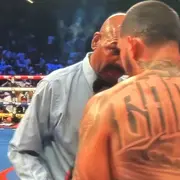
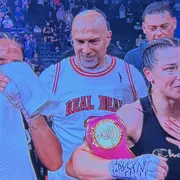
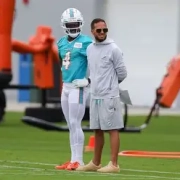
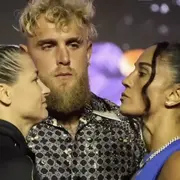
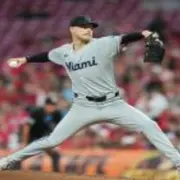
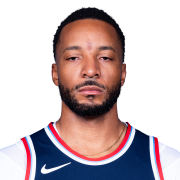
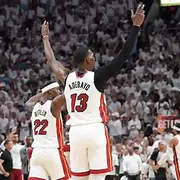
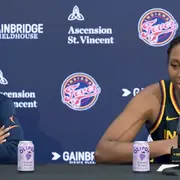
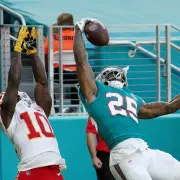

 (@TheDiveBarPod) / X
(@TheDiveBarPod) / X